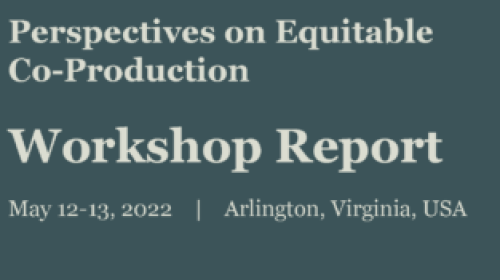The NOAA Climate Program Office’s Atmospheric Chemistry, Carbon Cycle and Climate (AC4) program supported two new studies that leverage advanced machine learning technologies and large datasets to provide insights into complex environmental processes. The studies of smoke emission forecasts and ethane detection demonstrate how machine learning enables faster, more accurate predictions that help authorities respond to environmental crises more effectively. These advancements support NOAA’s AI Strategy, which seeks to enhance the agency’s efficiency and precision through artificial intelligence.
A JGR Atmospheres study applied a machine learning model to predict wildfire heat output, a key factor in forecasting smoke emissions. The team combined data on weather, terrain, fuels, and fire behavior to develop forecasts of fire radiative energy, which indicates the intensity of wildfires. The authors, including AC4-supported scientist Pablo Saide of UCLA and collaborators from NOAA, NASA, and other U.S. academic institutions, suggested that the machine learning model significantly outperformed traditional methods, offering more accurate day-to-day predictions of fire activity.
Another study, published in Nature Communications, combined satellite data and neural networks to measure ethane, a key pollutant and tracer of methane emissions. Ethane has been difficult to quantify due to limited observations. Using satellite data from the Cross-track Infrared Sounder, researchers applied machine learning techniques to detect ethane levels. This analysis revealed that pollution levels from fossil fuel production has been underestimated. The international research team, including University of Minnesota and AC4-funded scientists Dylan Millet and Kelley Wells, identified a key area in the southwestern U.S. where ethane emissions may be as much as seven times higher than previously thought. Both studies highlight the power of AI to improve environmental predictions and align with NOAA’s push for more advanced, cost-effective science and services.
For more information, contact Clara Deck.










